Editor’s Note: This being the last week in 2020, we’re re-running the three most-read stories of the year. This article—thoughts on how to stop racism by addressing your own biases—originally ran on May 31st and is third on the list. We’re glad it was widely seen. We thought then and believe even more so now that its message is tremendously important.
***
After the horrendous murder of George Floyd and that notorious woman in Central Park used “African American man” as a weapon, I was sent a link to an article called “75 Things White People Can Do for Racial Justice,” by Corrine Shutack (a white woman it should be noted).
I’d rather the title refer to things we ALL can do, but understand the attention-getting reason for the wording and will not get distracted from the smart and incredibly powerful recommendations in the piece. The suggestions range from: find out whether your local police department requires body cams be worn by officers, to support black business (with links to find out which ones they are), to books to read and documentaries to watch to increase your understanding of race in America.
I really appreciated #73, which encourages us to assess actions in the news or in our social network in a revised way. Shutack writes: “The question isn’t: Was the act racist or not? The question is: How much racism was in play?” This question gets us away from black/white (sorry, no pun intended) thinking and acknowledges the gray scale of motivations in so many human interactions.
But I was really struck by #61: “Be honest about our history. One genocide, another genocide, then apartheid. It sucks, but it’s true. We’ll never be free from our history unless we’re honest about it. Denial is our pathology, but the truth will set us free.”
Read More: And You Think YOU Feel Invisible?
Coming Clean
I believe this “being honest” starts on a very personal level, acknowledging our inherent racism. We all hold some sort of racist beliefs–stereotypes and generalizations of other “external” groups handed down in our family or formed on the basis of limited personal experience. We wouldn’t be human if we didn’t have biases. But just as the first step to curing addiction is admitting that you’re an addict, I think the first step to becoming more fair-minded when it comes to race is to examine the racist parts of ourselves.
Denial is our pathology, but the truth will set us free.
For me, that means looking at some deeply embarrassing incidents in my history. It’s hard for me to share these, but I’m doing this to maybe encourage others to look at their own assumptions.
In 1987, I was on running errands near my Greenwich Village apartment. The street was crowded and I was jostled a bit, and when I looked down I realized my wallet had been taken from my purse. I scanned the sidewalk and saw two black men walking ahead of me and hailing a cab. “Hey,” I yelled as I tried to catch up to them. “Hey! My wallet’s gone. You took my wallet.” When I got close enough, they turned around and shrugged at me and shook their heads. “Give me back my wallet,” I yelled.
“We didn’t take your wallet, lady,” one of them shouted back.
Pursuing them as they were getting in a cab, I demanded that they return my wallet. I screamed at the cab driver to not pull away, informing him that these men had my wallet and I wanted to call the police. The men denied the charge adamantly, then finally one of them said calmly, “What if you’re wrong?”
That stopped me, and I let the cab go.
I was 27 and had lived in Manhattan for five years at that point. I thought I had become a broad-minded New Yorker, shucking off my Southern upbringing in a conservative home. I’d become a Democrat; I’d gone to a huge Walter Mondale rally in 1984, hoping my support for him could wipe clean my personal disgrace of voting for Reagan in 1980. But still I had accused those two men without any proof, beyond their proximity and their skin color. I had taken the common but regrettable gesture of grabbing my purse when I passed a group of black men to the next, despicable level. I thank God that this was the pre-smart-phone era or else my outburst could have been recorded and I could have been vilified like that Central Park woman last week.
I was so ashamed of myself, and swore to expand my mind and heart more.
Other Random Acts of Racism
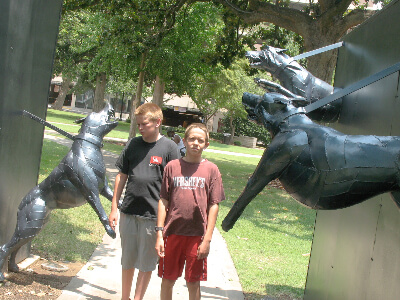
But there were other, smaller expressions of racism yet to come. Still in the 80s, I was working on a Life magazine story about Ralph Lauren and called the designer Jeffrey Banks, who used to work with Lauren, to set up a time to meet with him. Banks asked me to come to his office early before his staff came in. When I buzzed the office door at 8 a.m. a nice-looking black man in a lovely suit opened it.
“I’m here to see Jeffrey Banks,” I said.
When he said, “I’m Jeffrey,” and stuck out his hand, I was aware that a shadow of surprise passed over my face. I’m sure he caught it, and again, I was embarrassed. In my defense, this was before the internet when I could have easily Googled him in advance, and I wasn’t a fashion writer so I wasn’t well-versed in the personalities of that world. But still, I was ashamed because in my deepest heart I knew that I had assumed he was a security person of some sort. It hadn’t even entered my head that this man could have been the designer. I didn’t even have the class to say, “Jeffrey?” when he opened the door.
I realized then the tremendous arrogance in that one phrase and felt compelled to apologize.
Another low moment for me came at what I considered one of my professional peaks. In the 90s, I had gotten a nice contract to write a memoir about my years as a lavender farmer in rural Texas. I had talked to my editor at the publishing house on the phone often by the time I took a trip to New York to meet with her. It turns out she was a young African-American woman. At least I had evolved enough to not register surprise, and we had a fun lunch together. But when I returned home and was reading through my manuscript for the 152nd time, I noticed something, and was surprised she hadn’t pointed it out before. I had described a car as “flesh colored.” And by flesh colored I had meant white with a pinkish tinge.
I realized then the tremendous arrogance in that one phrase and felt compelled to apologize to my editor. But that would be terribly awkward. What I did instead is offer another description—I called the car the color of peach ice cream—among a host of other changes I was making to the manuscript.
Seeking Enlightenment

The boys at the Edmund Pettus Bridge in Selma, Alabama.
When my sons were middle school age, about 10 years ago, my husband and I homeschooled so we could travel with them. Mostly to far-flung locations. For instance we spent six months studying ancient history, and then I created a trip to visit Egypt, Greece, Turkey, and Rome. (We were in Cairo during the Arab Spring, but that’s a whole other story.)
Because I had never studied race relations in this country and didn’t want my sons to be similarly deprived, I decided to create a Civil Rights immersion course for them (and, uh, me). In my experience, schools don’t get to this subject, normally ending their U.S. History courses with World War II. One of the beauties of homeschooling is that you do get to choose what you want your kids to know.
My knees buckled when I stood on the spot where Rosa Parks was taken off the bus.
We read books, such as a biography of Martin Luther King Jr., and watched many documentaries, including one series on Reconstruction, one on the murder of Emmett Till, and the amazing Eyes on the Prize series. We started out, however, watching the Roots miniseries. I had watched that growing up in the 70s, and what struck me now is that we never really talked as a family about what it depicted. I do remember crying at different points the first time I saw it, and I cried again on this viewing, with my most profound sobs coming when Kizzy is sold off from her family. Seeing that as a mother wrecked me for days.
After our studies, we went on a Civil Rights tour of the South. We visited Montgomery, (my knees buckled when I stood on the spot where Rosa Parks was taken off the bus), Selma (we walked across the Edmund Pettus bridge), Birmingham (we were chilled by the statues depicting terrifying German Shepherds and powerful water hoses near the site where four girls were killed in a church bombing) and Memphis (we toured the National Civil Rights Museum).
My sons couldn’t believe I was alive when these things happened. “What did you think about this?” they asked several times. I had to remind them that I was between three and nine years old when a lot of the Civil Rights events in these cities took place, and I had to confess that my family simply didn’t discuss them. At least not that I remember.
Having studied history for other trips—the Incas for a visit to South America, the Greeks and Romans for the Ancient History tour, World War II for a trip to Normandy—we were used to dwelling in the past. On our Southern tour, I had to shake my head every so often and remind myself that this was current history we were talking about. It felt incredibly shameful that these events weren’t discussed regularly in our culture and in our schools. The struggle seems to have been shoved into some lock box in a national attic with a “Nothing to See Here” sign posted on it. As if we had somehow resolved these deep, painful issues.
So that’s why I’m writing this now. Because there is so much to see and discuss and examine. On every level. “We’ll never be free from our history unless we’re honest about it,” Corrine Shutack says in her piece. I’m trying to be completely honest by admitting to my troubled past with race and by acknowledging that I have far to go.
Read More: Facing Anti-Chinese Racism: A Designer’s COVID Response

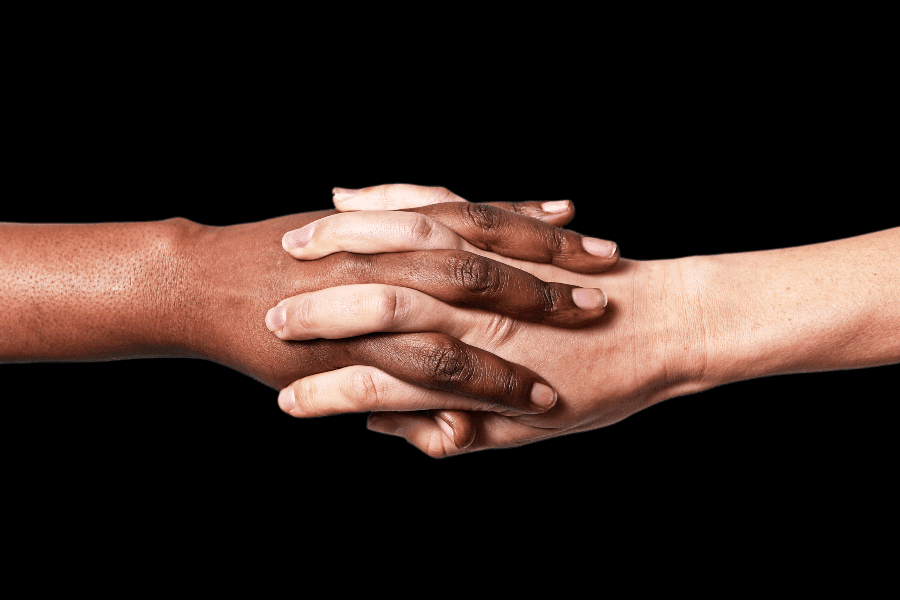
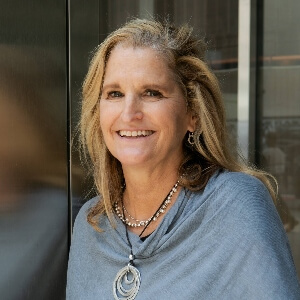
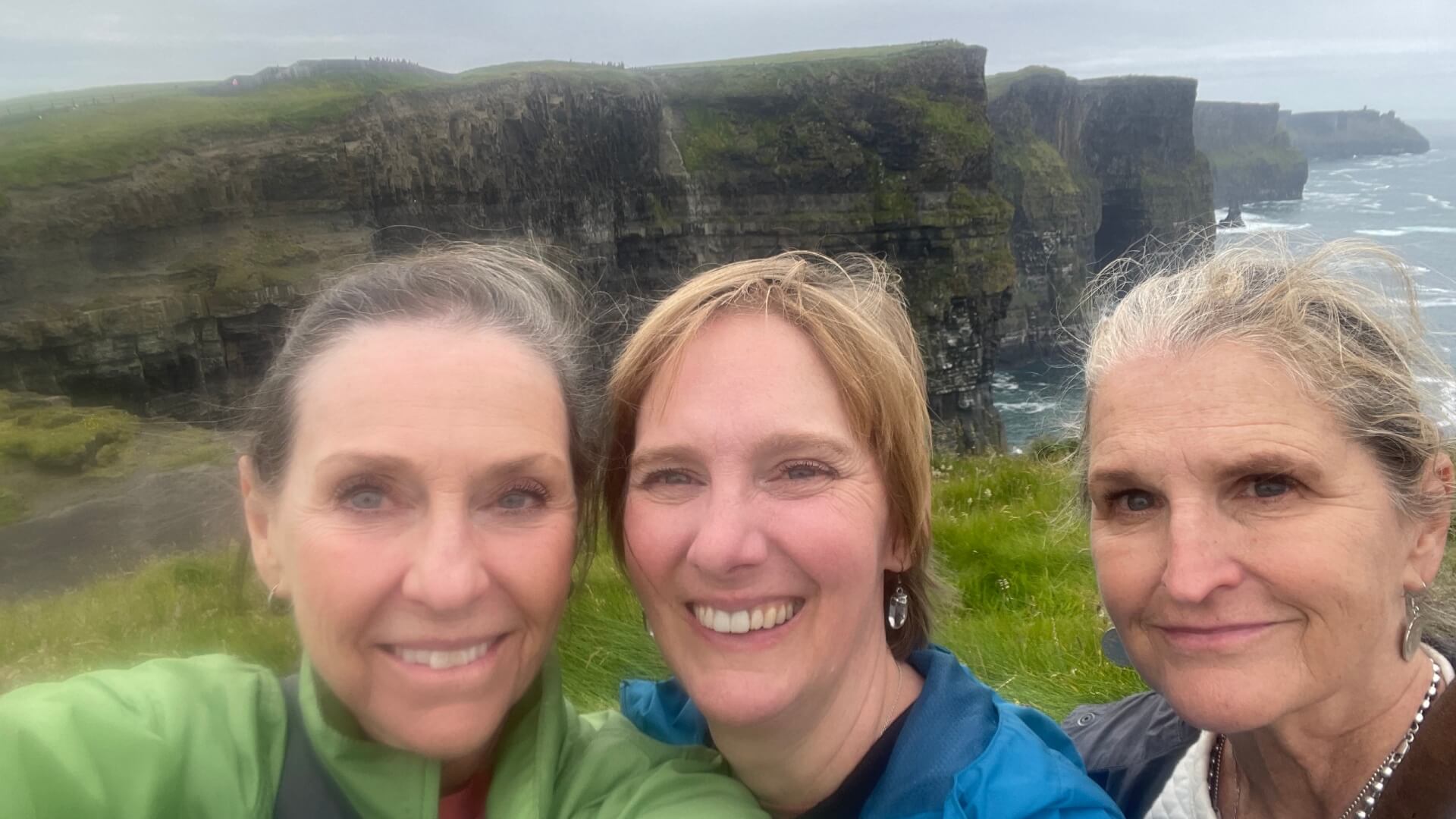

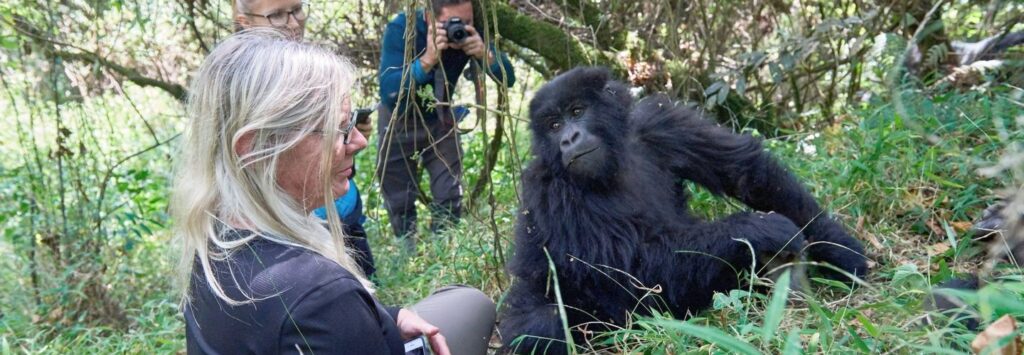
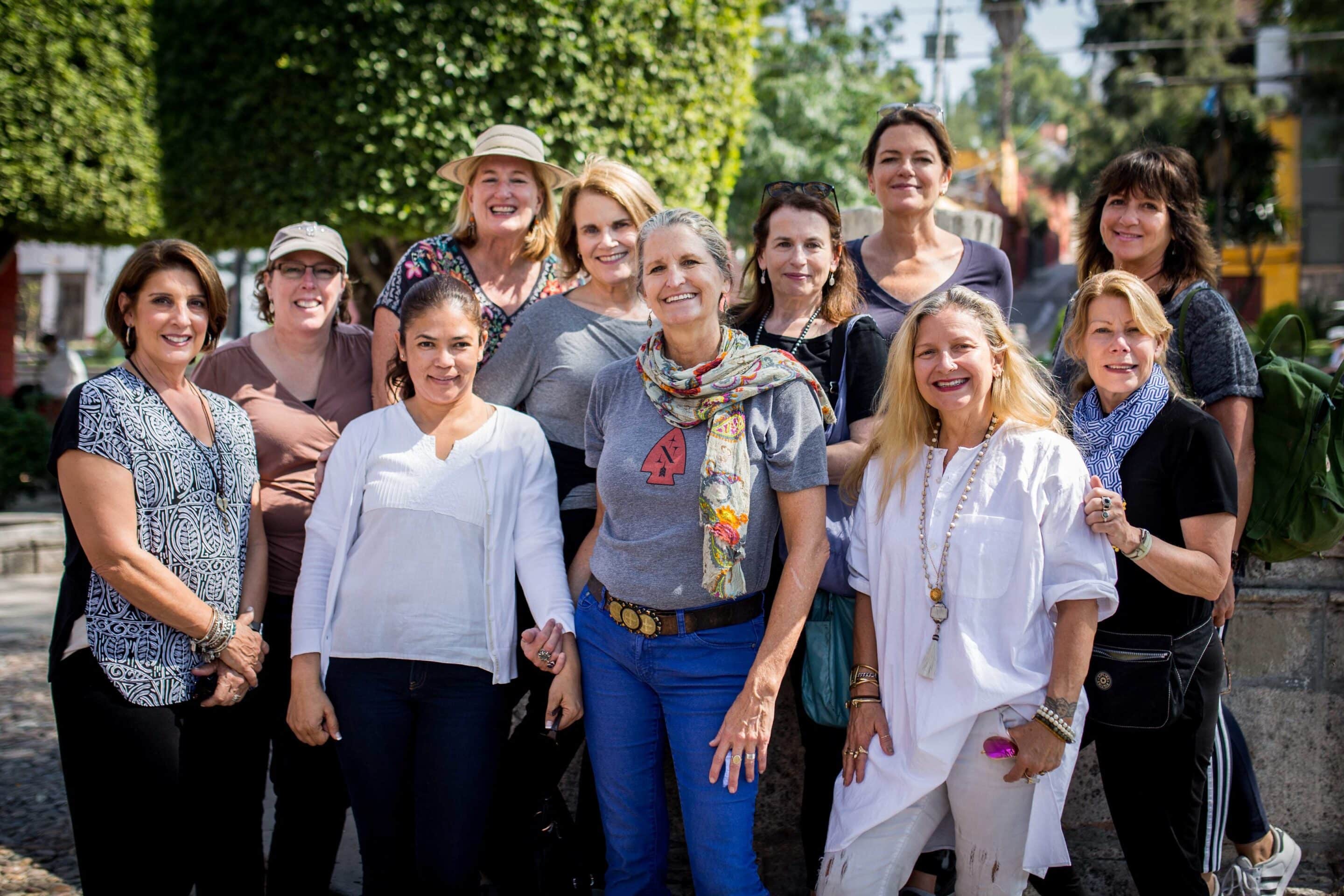


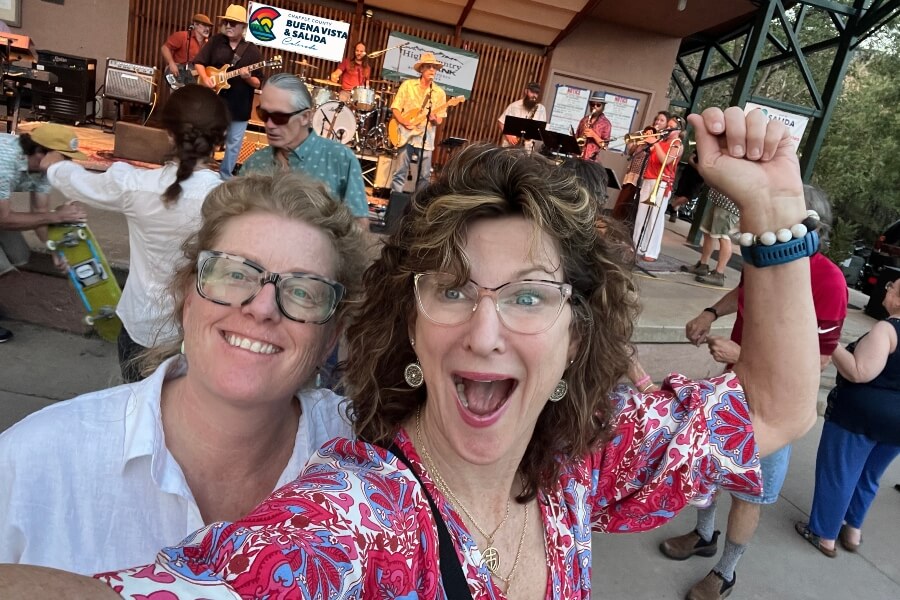


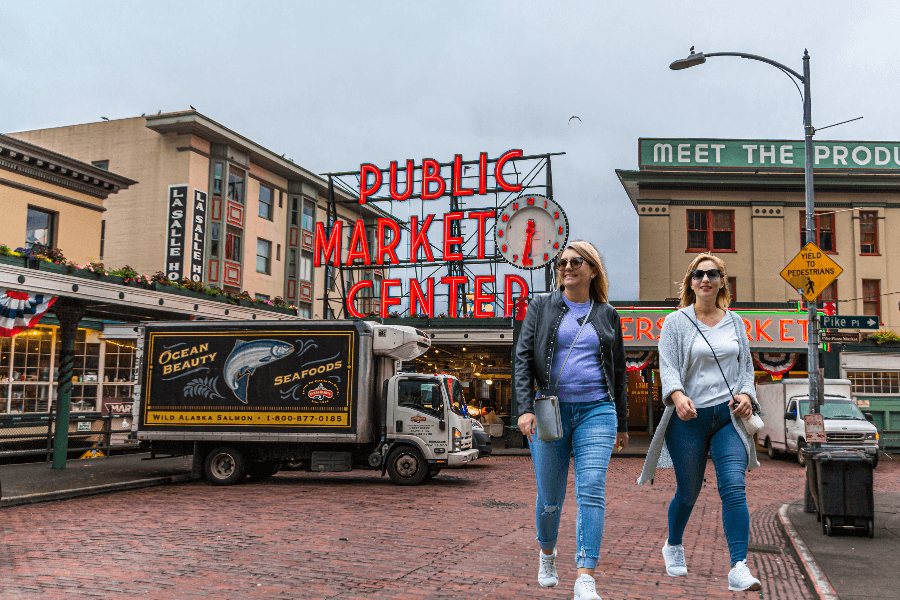



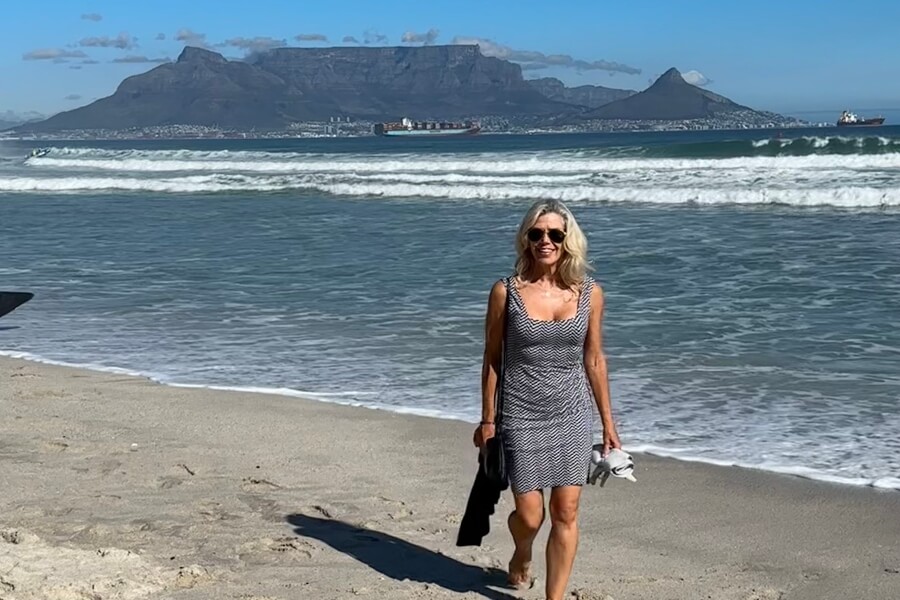
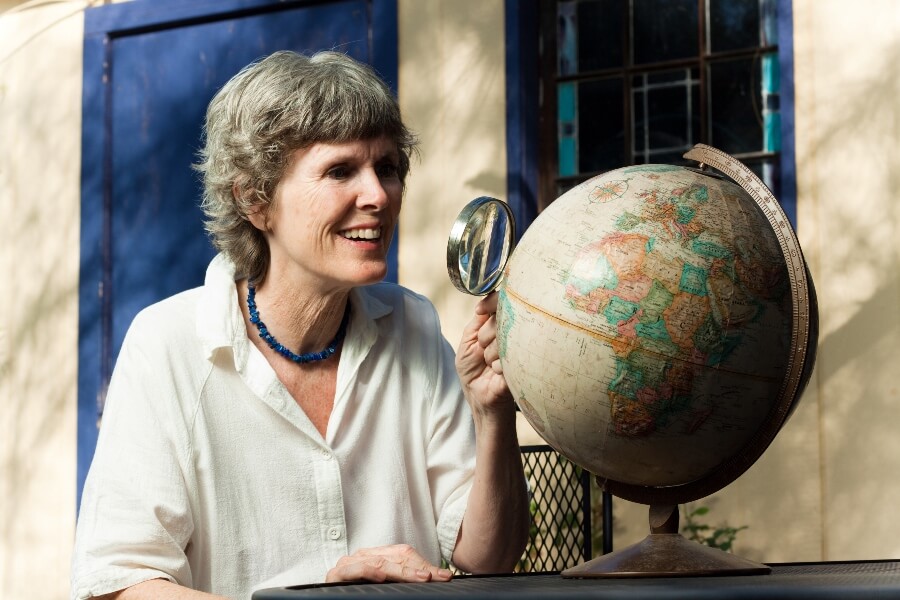
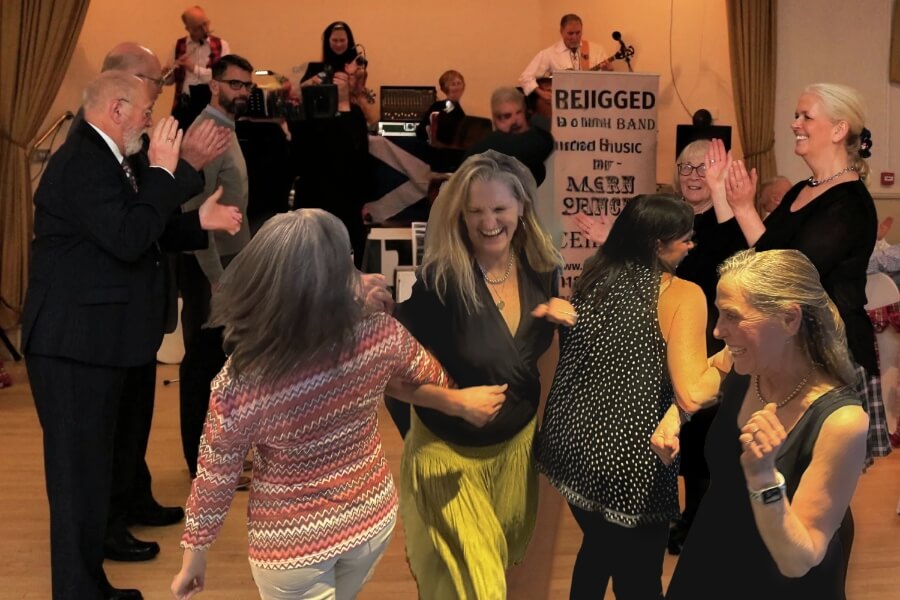

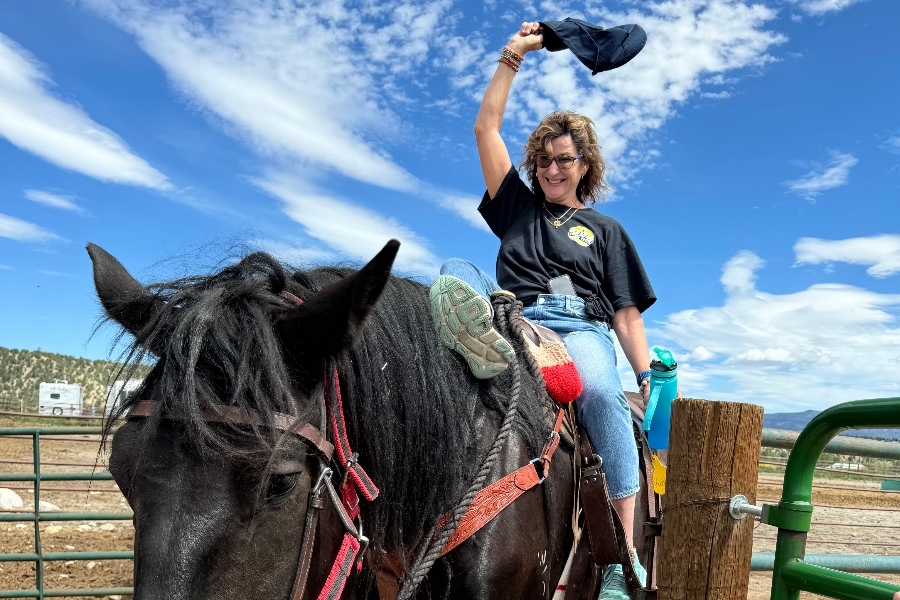



0 Comments